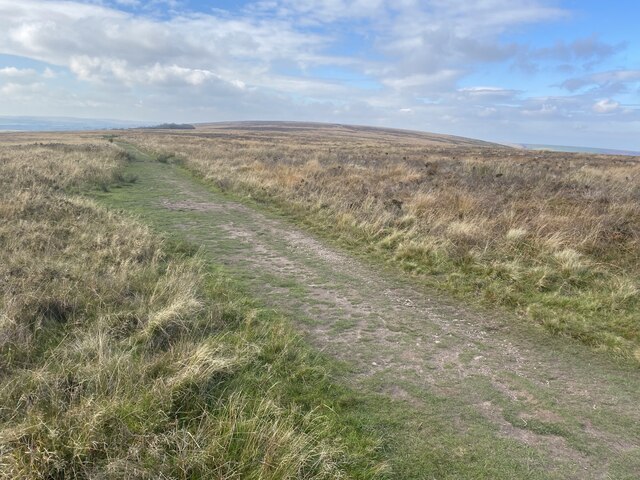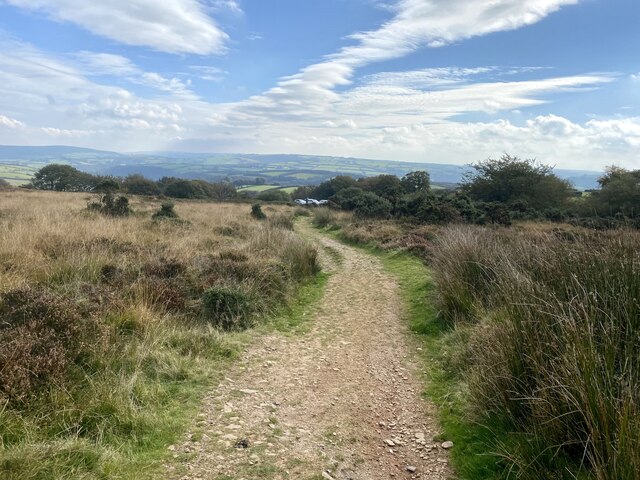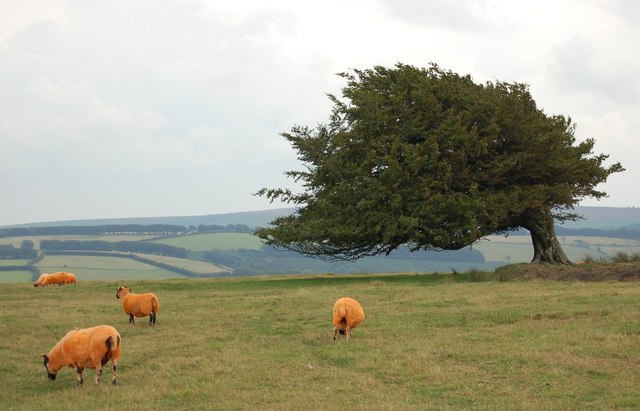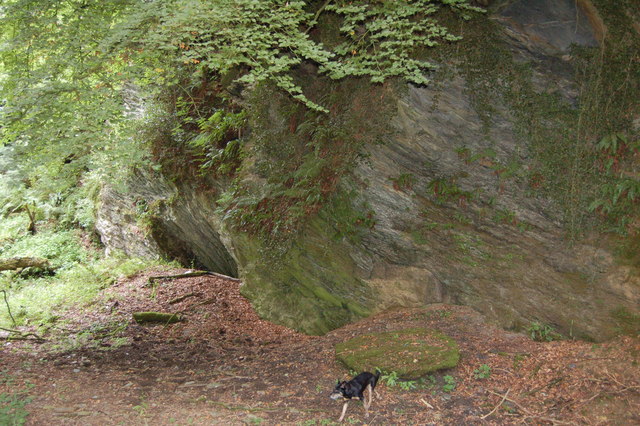Down Cleeve Plantation
Wood, Forest in Somerset Somerset West and Taunton
England
Down Cleeve Plantation
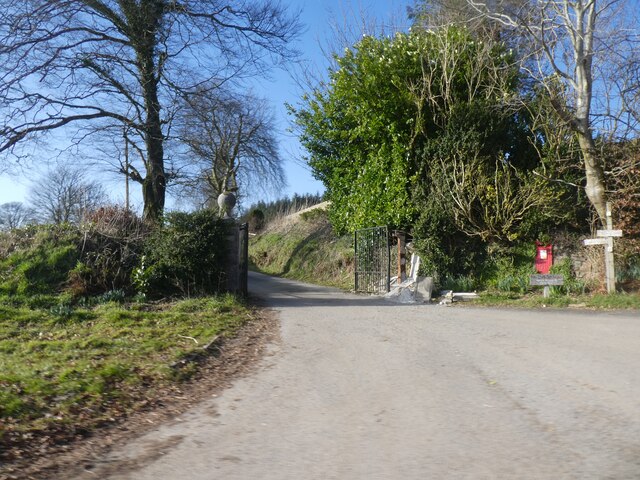
Down Cleeve Plantation is a picturesque woodland located in Somerset, England. Covering an area of approximately 500 acres, it is one of the largest and most diverse plantations in the region. The plantation is situated on the western slopes of the Quantock Hills, offering stunning views of the surrounding countryside.
The woodland is predominantly composed of native trees such as oak, beech, and ash, creating a rich and varied habitat for numerous plant and animal species. The diverse range of flora includes bluebells, primroses, and wild garlic, which bloom vibrantly during the spring months.
The plantation is crisscrossed with a network of well-maintained footpaths, allowing visitors to explore the woodland and enjoy its natural beauty. These paths lead to several points of interest, including a meandering stream, charming little ponds, and a variety of bird-watching spots.
Down Cleeve Plantation is known for its abundance of wildlife. Visitors may catch a glimpse of deer, foxes, and badgers in their natural habitats, while bird enthusiasts can spot various species such as woodpeckers, buzzards, and owls. The woodland also attracts a diverse range of butterflies and insects, making it a haven for nature enthusiasts and photographers.
The plantation is open to the public throughout the year, and there are no entry fees or restrictions on access. It is a popular destination for walkers, families, and nature lovers seeking to immerse themselves in the tranquility of the countryside. With its scenic trails, diverse ecosystem, and captivating wildlife, Down Cleeve Plantation offers a truly enchanting experience for all who venture into its embrace.
If you have any feedback on the listing, please let us know in the comments section below.
Down Cleeve Plantation Images
Images are sourced within 2km of 51.147886/-3.6048928 or Grid Reference SS8739. Thanks to Geograph Open Source API. All images are credited.


Down Cleeve Plantation is located at Grid Ref: SS8739 (Lat: 51.147886, Lng: -3.6048928)
Administrative County: Somerset
District: Somerset West and Taunton
Police Authority: Avon and Somerset
What 3 Words
///amounting.pulse.counts. Near Porlock, Somerset
Nearby Locations
Related Wikis
Dunkery Hill
Dunkery Beacon at the summit of Dunkery Hill is the highest point on Exmoor and in Somerset, England. It is also the highest point in southern England...
Church of St Mary Magdelene, Exford
The Anglican Church of St Mary Magdelene in Exford, Somerset, England was built in the 15th century. It is a Grade II* listed building. == History == Nothing...
Exford, Somerset
Exford is a rural village at the centre of Exmoor National Park, 7 miles (11 km) north-west of Dulverton, and 10 miles (16 km) south-west of Minehead,...
Sweetworthy
Sweetworthy is the site of two Iron Age hill forts or enclosures at Luccombe, 4 kilometres (2 mi) south of Porlock, Somerset, England. They are on the...
Have you been to Down Cleeve Plantation?
Leave your review of Down Cleeve Plantation below (or comments, questions and feedback).



